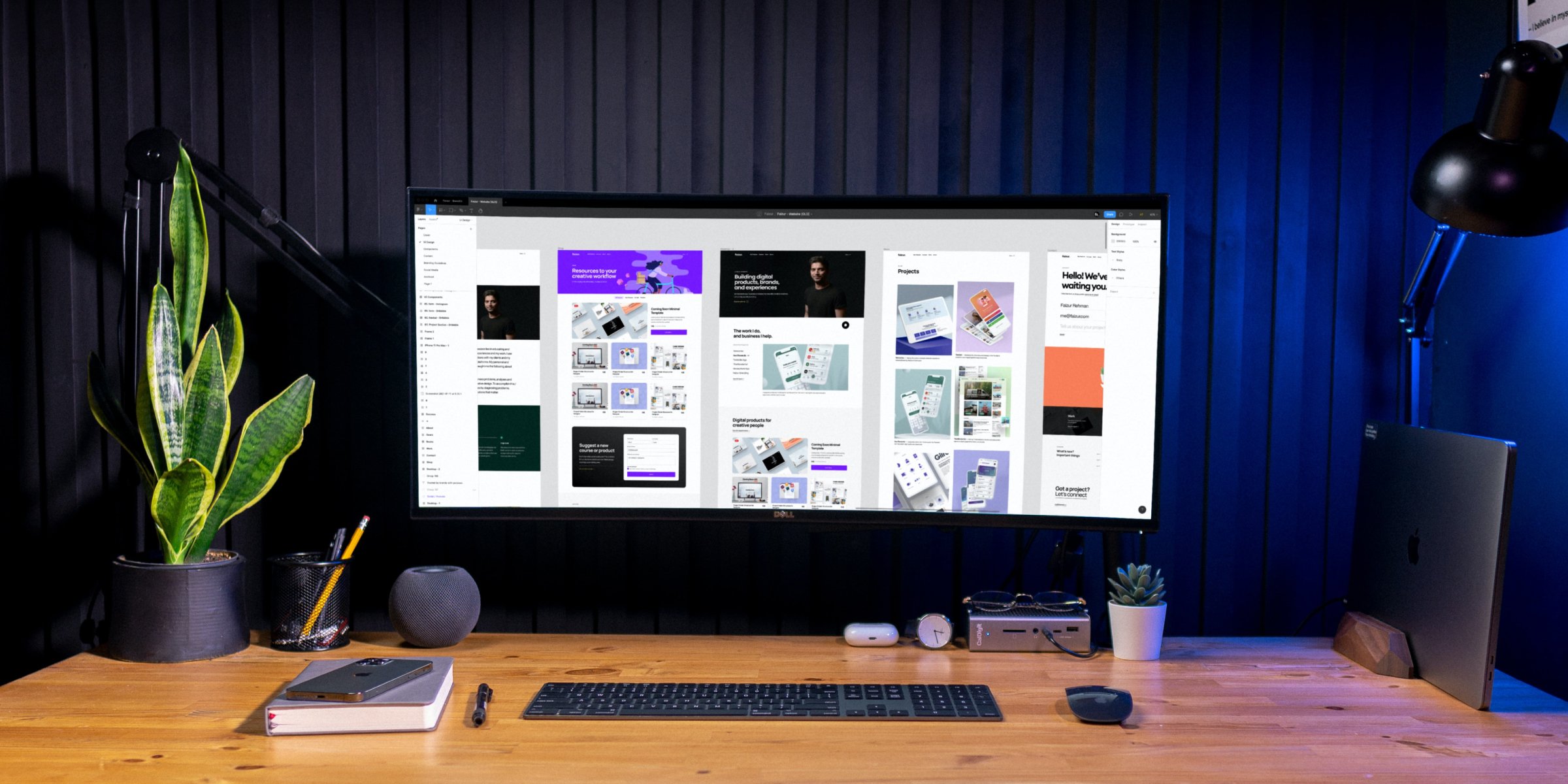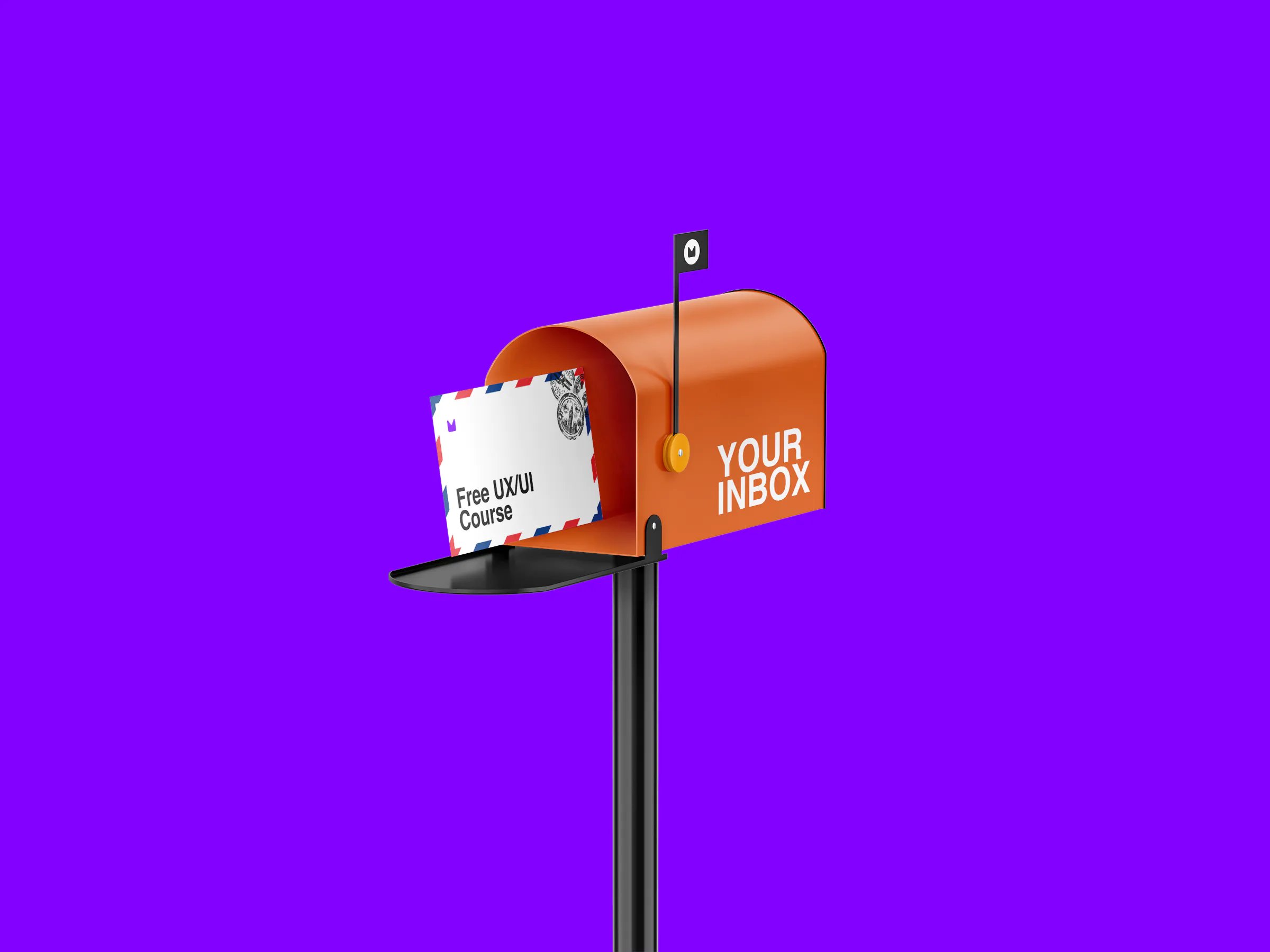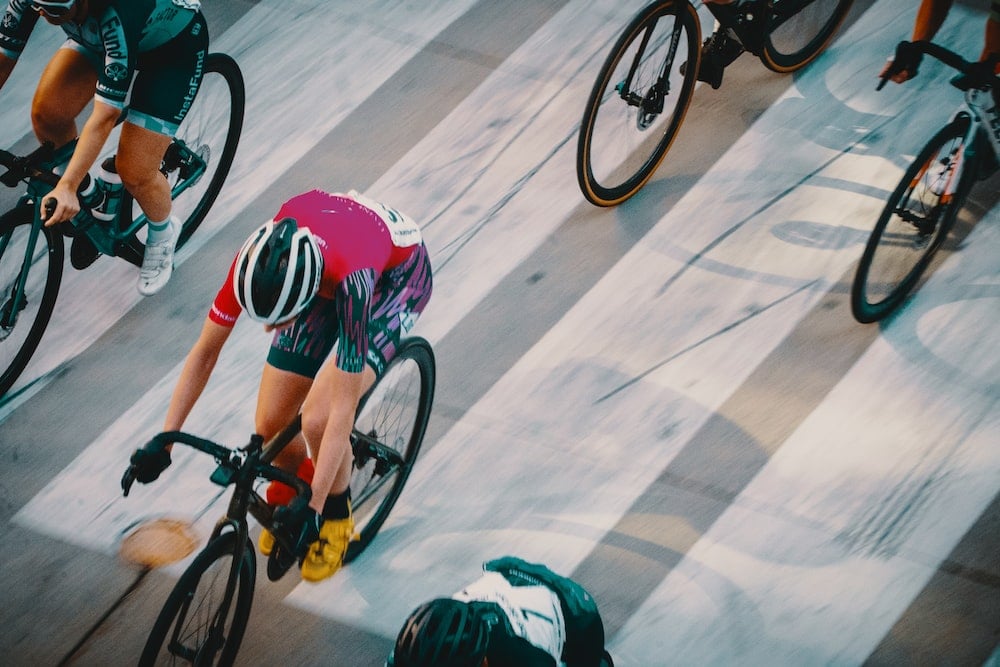

Get a Free UX/UI Course in Your Inbox Every Day for 15 Days
By the end of this three-week crash course, you'll have a much better understanding of the tech industry, the design craft, and all the knowledge you need to start building your career.

Get a Free UX/UI Course in Your Inbox Every Day for 15 Days
By the end of this three-week crash course, you'll have a much better understanding of the tech industry, the design craft, and all the knowledge you need to start building your career.

Whether you're just starting out or have some design experience, the journey of learning and developing your design skills is an exciting one. I In this article, I share valuable insights and practical tips that have helped me cultivate an eye for design. From exploring the power of imitation to embracing healthy competition and expanding our creative horizons, I hope this article will be your guide to unlocking your full design potential.
Believe it or not, copying can be a powerful learning tool, regardless of whether you're a beginner or have some experience under your belt. Just as we become what we are exposed to, immersing ourselves in beautiful things helps us develop an eye for design. The same principle applies to UX Design.
Ever wondered why you enjoy using certain apps but dislike others? Why not unlock the secrets of the apps you love? If you're feeling unsure about where to start, let me guide you through a few simple steps.

Participating in UI challenges can inject a dose of healthy competition into your learning experience, whether you're part of a Bootcamp, a Facebook group, or starting your first UX job. Now, you might think that only experts can showcase their best designs in such challenges, but that couldn't be further from the truth. Don't be afraid to share imperfect work—it demonstrates your dedication to finding the best solutions, your openness to feedback, and your willingness to learn. Embracing imperfections builds trust. Put in the work, and let your designs shine. The results will follow in due time.
However, a word of caution: merely participating in UI challenges isn't enough. To truly unlock the potential of these challenges, actively seek feedback. Don't focus solely on collecting votes. Ask for input on what you did right and what could be improved. You'll uncover valuable insights that you might have never considered.

Don't limit yourself by confining inspiration to a specific industry. Imagine working on a product within the finance industry, retail, or any other domain. You may find yourself struggling to come up with a suitable design because you can't find a similar pattern among your competitors. Feeling uninspired, your initial solution might seem far from ideal.
The good news is that inspiration can be found beyond the confines of your immediate domain. For instance, I once found inspiration from Spotify while designing a museum app, or drew insights from Uber for a crypto wallet. I even stumbled upon a 1997 in-game dialogue from "Curse of Monkey Island," which sparked my creativity for an NFT project (I ended up playing the game for the rest of the day, but that's a story for another time!). Inspiration knows no bounds, so focus on the task you or your users are trying to accomplish rather than fixating on specific features or solutions. Simplify it to its core and let the world around you be your muse. You might find a solution sooner than you think.

Whether you're an early adopter or someone who roots for the underdogs, take the time to explore popular apps and websites. Find out what the hype is all about. Is it the revolutionary service they offer, or is it simply their fantastic user experience that sets them apart? As digital designers, staying informed should be an essential part of our job. Exposure to different products helps expand our knowledge and skills. While you may not always find yourself facing an impromptu whiteboard challenge, being well-informed comes in handy.
Additionally, examining popular products enables you to identify trends and spot design flaws. It's like reading a book—the more you read, the wiser you become. Sometimes, I find myself downloading an app or using a service for personal needs, only to marvel at various patterns or micro-interactions. Other times, I notice oversights in the user experience. Just as dentists comment on your teeth or fashion-forward friends audit your outfits, as a designer, it's crucial to do the same with digital products.

Now that we've explored these tips, I hope you feel motivated and inspired to enhance your design skills. Remember, continuous learning and growth are key to becoming an exceptional designer.